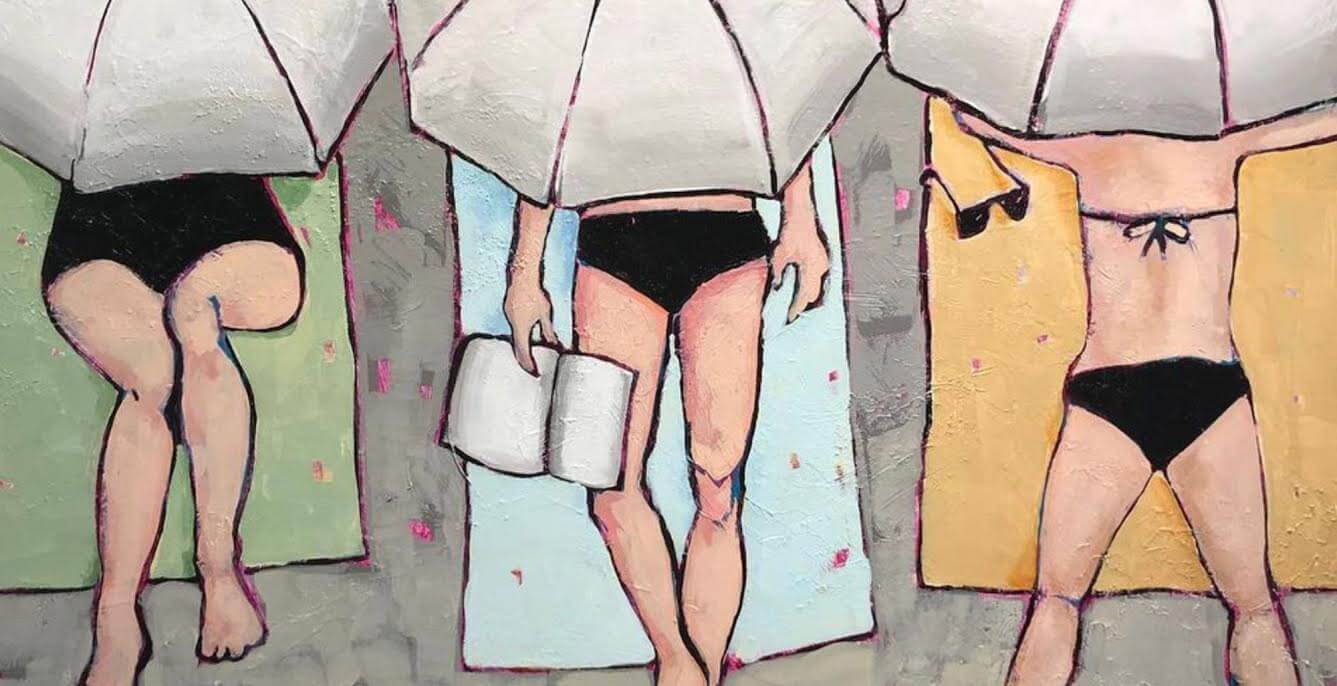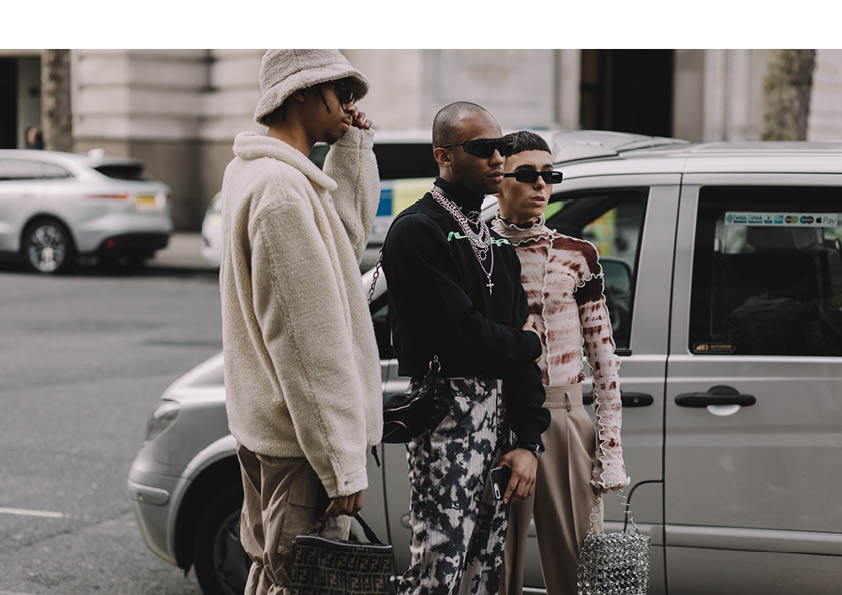Whether you’re a design enthusiast or not: There’s a good chance you’ve not only heard of minimalism but also been impacted by the hype surrounding it in some way. I mean, we don’t exist in a vacuum. Trends make their way into our homes, closets, and even our daily lives, like it or not. Minimalism is hard to run away from, it’s everywhere. You might have overheard people talking about tiny houses, tried decluttering à la Marie Kondō, or had to listen to that guy who loves to travel solo and can’t stop talking about how he gave up all of his material possessions.
Clearly: Minimalism has taken over several aspects of our lives. While all of them are interesting (and quite complex) in themselves, I want to take a particular look at minimalist interiors and architecture. Up until recently, I didn’t really question where the trend comes from and what it entails, but I’ve always felt weirdly suspicious of people living in minimalist spaces. I wondered if they really felt cozy and comfortable in their empty, monochrome living rooms? And if the interior was a reflection of their own personalities? Now, I don’t want to judge anyone who prefers a less maximalist aesthetic. I just feel like it’s inherently… unnatural and counterintuitive?
What I found was way worse. But let’s start from the beginning: As most of us know, minimalist architecture has been around for a while, think of the Bauhaus movement. Such was partly inspired by Adolf Loos, an Austrian architect, who more or less invented minimalism in the early 1900s. He explains his ideas behind minimalism in his essay “Ornament and Crime”, which—if you haven’t guessed it by now—is extremely fascist.
Loos writes: “The development of culture is concurrent with the removal of ornaments from objects of daily use.” He compares ornaments with tattoos, philosophizing that ornaments come from the same desire as tattoos, and concluding that both belong to “degenerates” and “criminals”. For everyone who still doesn’t want to believe the white supremacist ideology behind it, Loos makes it even more clear by listing people of Persian, Slavic, and African descent (using slurs), who according to him are less sophisticated than the Western European aristocrat.
Minimalism and white supremacy
The intention behind minimalism is the erasure of every cultural object, leaving no indication of any cultural heritage or belonging. Considering that so many non-western European cultures are known for their rich, colorful, and traditional artworks, the fascist root of minimalism is undeniable. You may wonder why it still plays a role today though. Loos’ essay was written over a century ago, so we’ve moved past that, right?
Well, first of all, I think it’s astonishing how unknown this all is. Most enthusiasts of minimalist interior and design might not even know the ideology that they are perpetuating by styling their homes a certain way. Even if you google Adolf Loos you’ll find tons of articles that fail to mention any of it. In between dozens of texts about his great architectural career, you’ll find a few reports on his pedophilia (because why only be a white supremacist when you can be a white supremacist AND a child molestor) and even less about his fascist ideology.
More importantly, though, we simply haven’t moved past that: systemic racism is still raging. To move past something we have to deal with it first, instead of ignoring it. The beliefs that minimalism was based on are still upheld within our society, albeit more covert. Maximalist households, especially ones filled with cultural memorabilia and decor, are still considered tacky and messy if they don’t conform to an elitist design trend or don’t belong to rich owners. While whiteness—in a literal sense—is good. Minimalism is not an anti-capitalist trend, criticizing society’s consumerism, minimalist interior is often technological and very expensive.
Minimalism and wealth
“One of the real problems with design-world minimalism is that it’s just become a signifier of the global elite.” David Raskin, professor of contemporary art history at the School of the Art Institute of Chicago, told The New York Times Magazine. “The richer you are, the less you have.” And let’s not forget that while rich people in the global West think it’s chic to own less and rid their homes of anything of sentimental value, millions of people have their homes bombed, lose all they have, and have to leave everything behind for a chance to survive.
Choosing to own only the most necessary and functional objects is a privilege that leaves a weird aftertaste. Of course, if you prefer living in a simple, monochrome home, you do you. But make sure you’re aware of the implications that come with it and the belief system you might be unintentionally perpetuating.




























